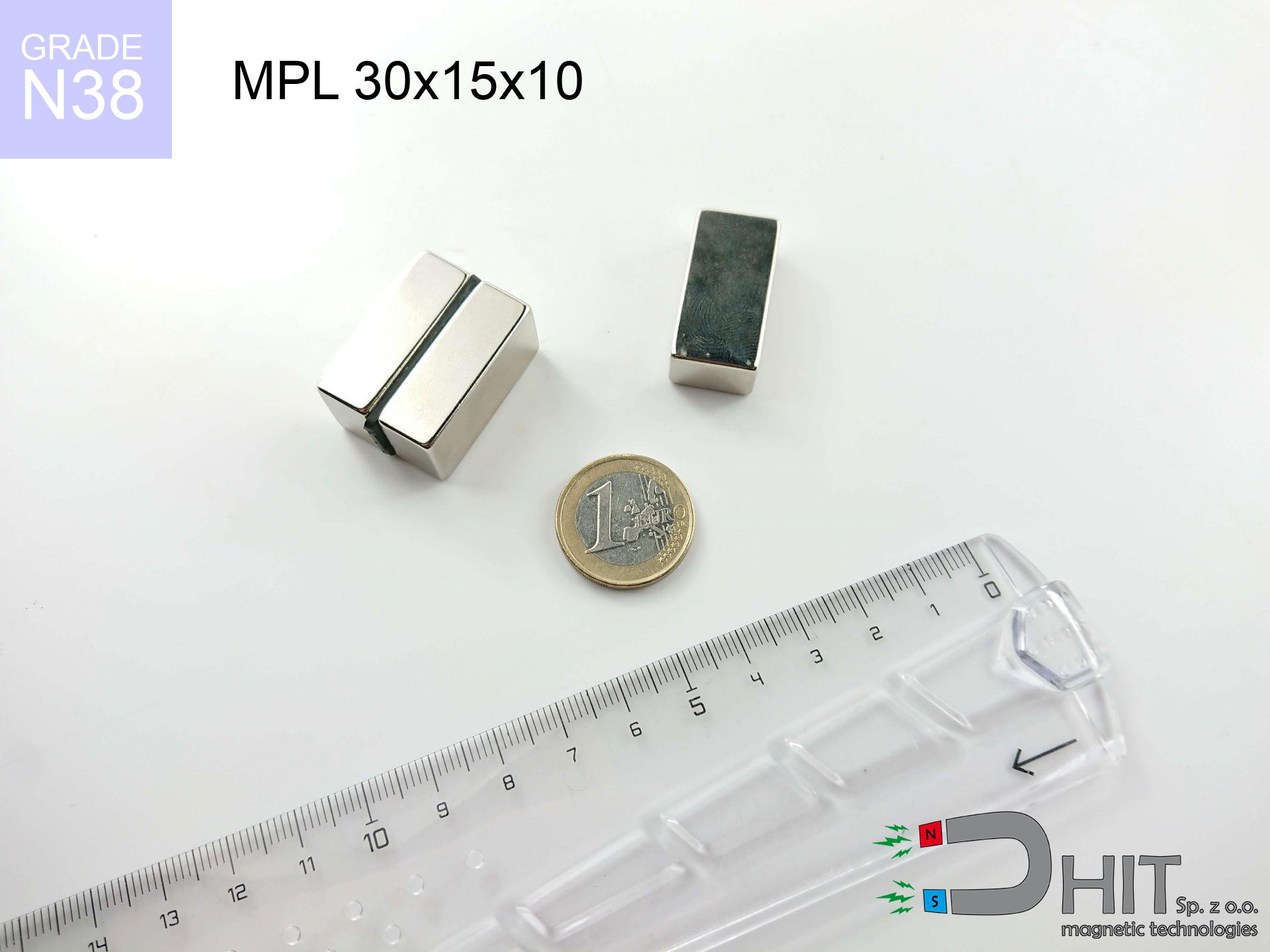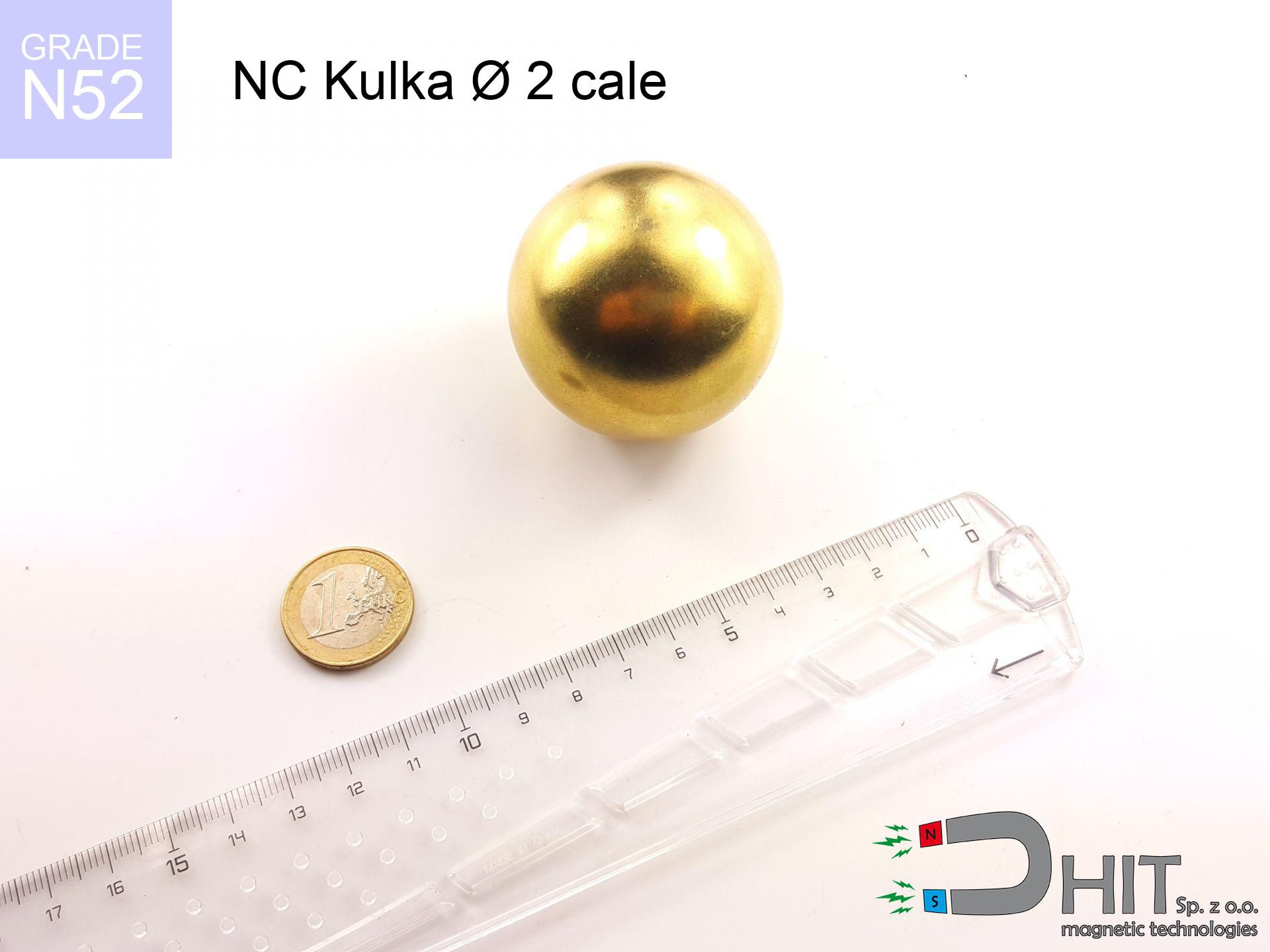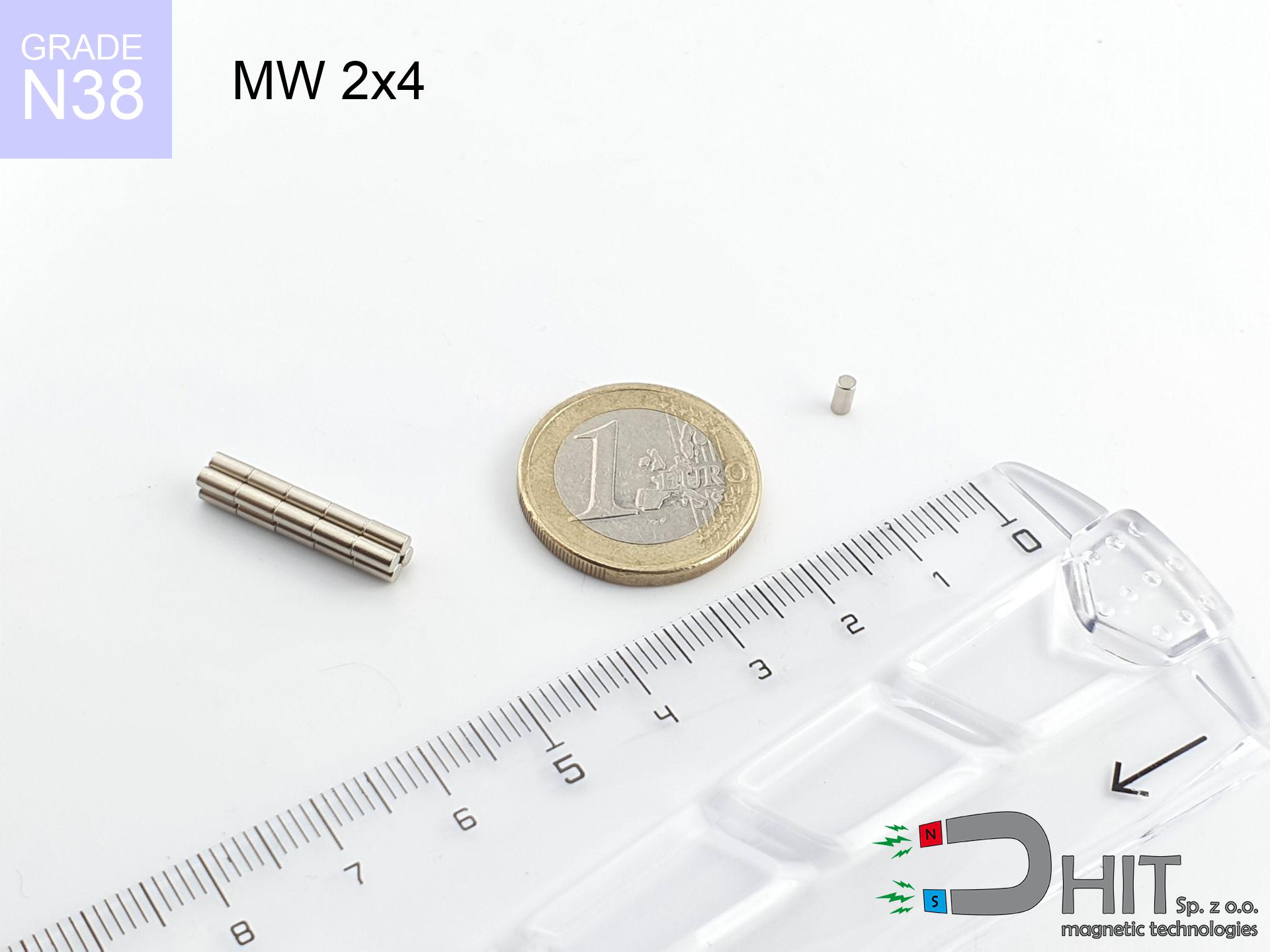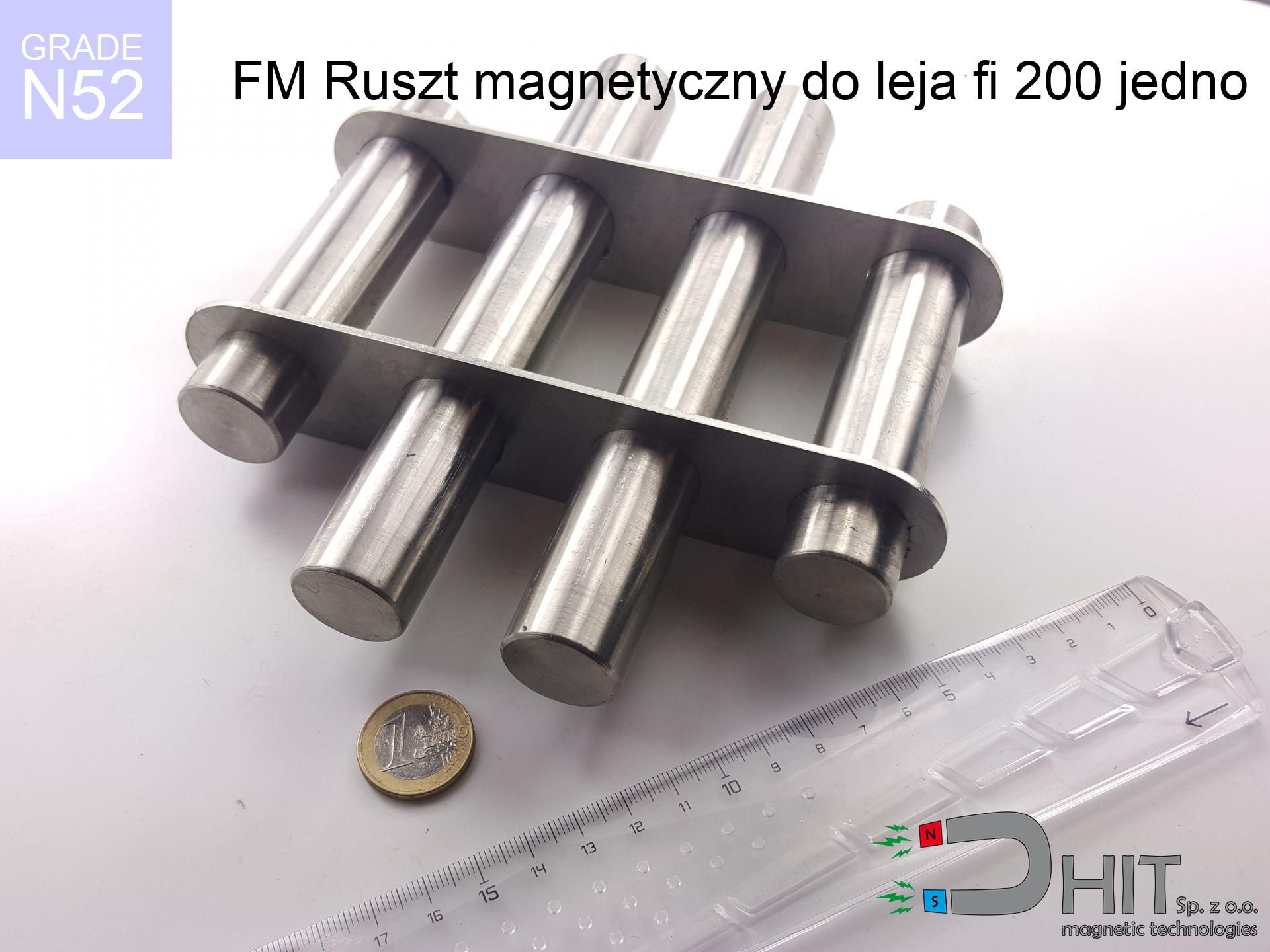MPL 30x15x10 / N38 - neodymium magnet
lamellar magnet
catalog number 020389
GTIN: 5906301811886
length
30
mm [±0,1 mm]
width
15
mm [±0,1 mm]
height
10
mm [±0,1 mm]
magnetizing direction
↑ axial
capacity ~
16.75 kg / 164.26 N
magnetic induction ~
413.45 mT / 4,135 Gs
max. temperature
≤ 80
°C
catalog number 020389
GTIN: 5906301811886
length
30 mm [±0,1 mm]
width
15 mm [±0,1 mm]
height
10 mm [±0,1 mm]
magnetizing direction
↑ axial
capacity ~
16.75 kg / 164.26 N
magnetic induction ~
413.45 mT / 4,135 Gs
max. temperature
≤ 80 °C
23.60 ZŁ gross price (including VAT) / pcs +
19.19 ZŁ net price + 23% VAT / pcs
bulk discounts:
need more quantity?Want to bargain?
Call us tel: +48 22 499 98 98 or write via contact form on our website. You can check the lifting capacity as well as the appearance of neodymium magnets in our power calculator force calculator
Orders placed by 2:00 PM will be shipped on the same business day.
Specification: lamellar magnet 30x15x10 / N38 ↑ axial
Magnetic properties of the material N38
Physical properties of sintered neodymium magnets Nd2Fe14B
Due to their strength, flat magnets are frequently used in structures that require very strong attraction.
The standard temperature resistance of these magnets is 80°C, but depending on the dimensions, this value can increase.
Moreover, flat magnets usually have special coatings applied to their surfaces, e.g. nickel, gold, or chrome, to improve their durability.
The magnet with the designation MPL 30x15x10 / N38 i.e. a magnetic strength 16.75 kg with a weight of only 33.75 grams, making it the excellent choice for projects needing a flat magnet.
Contact surface: Due to their flat shape, flat magnets ensure a larger contact surface with adjacent parts, which can be beneficial in applications requiring a stronger magnetic connection.
Technology applications: They are often applied in many devices, such as sensors, stepper motors, or speakers, where the thin and wide shape is necessary for their operation.
Mounting: This form's flat shape makes it easier mounting, particularly when it is required to attach the magnet to another surface.
Design flexibility: The flat shape of the magnets permits designers greater flexibility in arranging them in structures, which is more difficult with magnets of other shapes.
Stability: In some applications, the flat base of the flat magnet can offer better stability, reducing the risk of shifting or rotating. However, it's important to note that the optimal shape of the magnet depends on the specific application and requirements. In some cases, other shapes, such as cylindrical or spherical, may be more appropriate.
Magnets have two main poles: north (N) and south (S), which interact with each other when they are different. Similar poles, e.g. two north poles, repel each other.
Due to these properties, magnets are often used in magnetic technologies, e.g. motors, speakers, sensors, or magnetic locks. Neodymium magnets stand out with the highest power of attraction, making them perfect for applications requiring powerful magnetic fields. Moreover, the strength of a magnet depends on its dimensions and the material it is made of.
It’s worth noting that extremely high temperatures, above the Curie point, cause a loss of magnetic properties in the magnet. The Curie temperature is specific to each type of magnet, meaning that under such conditions, the magnet stops being magnetic. Additionally, strong magnets can interfere with the operation of devices, such as navigational instruments, magnetic stripe cards or electronic devices sensitive to magnetic fields. Therefore, it is important to exercise caution when using magnets.
Shopping tips
Advantages and disadvantages of neodymium magnets NdFeB.
Apart from immense power, neodymium magnets have the following advantages:
- They do not lose their strength (of the magnet). After about 10 years, their strength decreases by only ~1% (theoretically),
- They protect against demagnetization caused by external magnetic field very well,
- Thanks to the shiny finish and nickel, gold, or silver coating, they have an aesthetic appearance,
- They exhibit very high magnetic induction on the surface of the magnet,
- By using an appropriate combination of materials, they can achieve significant thermal resistance, allowing them to operate at temperatures up to 230°C and above...
- The ability for precise shaping and customization to specific needs – neodymium magnets can be produced in various forms and dimensions, which expands the range of their possible uses.
- Significant importance in advanced technologically fields – find application in computer drives, electric drive mechanisms, medical devices or very highly developed apparatuses.
Disadvantages of neodymium magnets:
- They are prone to breaking as they are fragile when subjected to a powerful impact. If the magnets are exposed to impacts, we recommend using magnets in a metal holder. The steel housing in the form of a holder protects the magnet from impacts and also increases its overall strength,
- They lose power at high temperatures. Most neodymium magnets experience permanent loss of strength when heated above 80°C (depending on the form and height). However, we also offer special magnets with high temperature resistance, up to 230°C,
- Magnets exposed to a humid environment can corrode. Therefore, when using them outdoors, we recommend using waterproof magnets made of rubber, plastic, or other moisture-resistant materials,
- The use of a cover or a magnetic holder is recommended due to the limited possibilities of manufacturing threads or complex shapes in the magnet
- Potential hazard associated with microscopic parts of magnets are risky, if swallowed, which is particularly important in the aspect of protecting young children. Furthermore, miniscule components of these magnets have the potential to complicate diagnosis in case of swallowing.
Handle Neodymium Magnets with Caution
Neodymium magnets are among the most powerful magnets on Earth. The surprising force they generate between each other can shock you.
Familiarize yourself with our information to properly handle these magnets and avoid significant injuries to your body and prevent disruption to the magnets.
Never bring neodymium magnets close to a phone and GPS.
Neodymium magnets generate intense magnetic fields that interfere with magnetometers and compasses used in navigation, as well as internal compasses of smartphones and GPS devices.
It is crucial not to allow the magnets to pinch together uncontrollably or place your fingers in their path as they attract to each other.
If you have a finger between or alternatively on the path of attracting magnets, there may be a severe cut or a fracture.
The magnet is coated with nickel. Therefore, exercise caution if you have an allergy.
Studies show a small percentage of people have allergies to certain metals, including nickel. An allergic reaction often manifests as skin redness and rash. If you have a nickel allergy, you can try wearing gloves or simply avoid direct contact with nickel-plated neodymium magnets.
Dust and powder from neodymium magnets are flammable.
Avoid drilling or mechanical processing of neodymium magnets. If the magnet is crushed into fine powder or dust, it becomes highly flammable.
Keep neodymium magnets far from children.
Neodymium magnets are not toys. Do not allow children to play with them. Small magnets can pose a serious choking hazard. If multiple magnets are swallowed, they can attract to each other through the intestinal walls, causing significant injuries, and even death.
Neodymium magnets can demagnetize at high temperatures.
Despite the general resilience of magnets, their ability to retain their magnetic strength can be influenced by factors like the type of material used, the magnet's shape, and the intended purpose for which it is employed.
Keep neodymium magnets away from people with pacemakers.
In the case of neodymium magnets, there is a strong magnetic field. As a result, it interferes with the operation of a heart pacemaker. Even if the magnetic field does not affect the device, it can damage its components or deactivate the entire device.
You should keep neodymium magnets at a safe distance from the wallet, computer, and TV.
Strong fields generated by neodymium magnets can damage magnetic storage media such as floppy disks, credit cards, magnetic ID cards, cassette tapes, video tapes, or other similar devices. They can also damage televisions, VCRs, computer monitors, and CRT displays. You should especially avoid placing neodymium magnets near electronic devices.
Magnets made of neodymium are characterized by their fragility, which can cause them to shatter.
Neodymium magnets are characterized by significant fragility. Neodymium magnets are made of metal and coated with a shiny nickel surface, but they are not as hard as steel. In the event of a collision between two magnets, there may be a scattering of fragments in different directions. Protecting your eyes is crucial in such a situation.
So that know how powerful neodymium magnets are and why they are so dangerous, see the article - Dangerous very powerful neodymium magnets.








